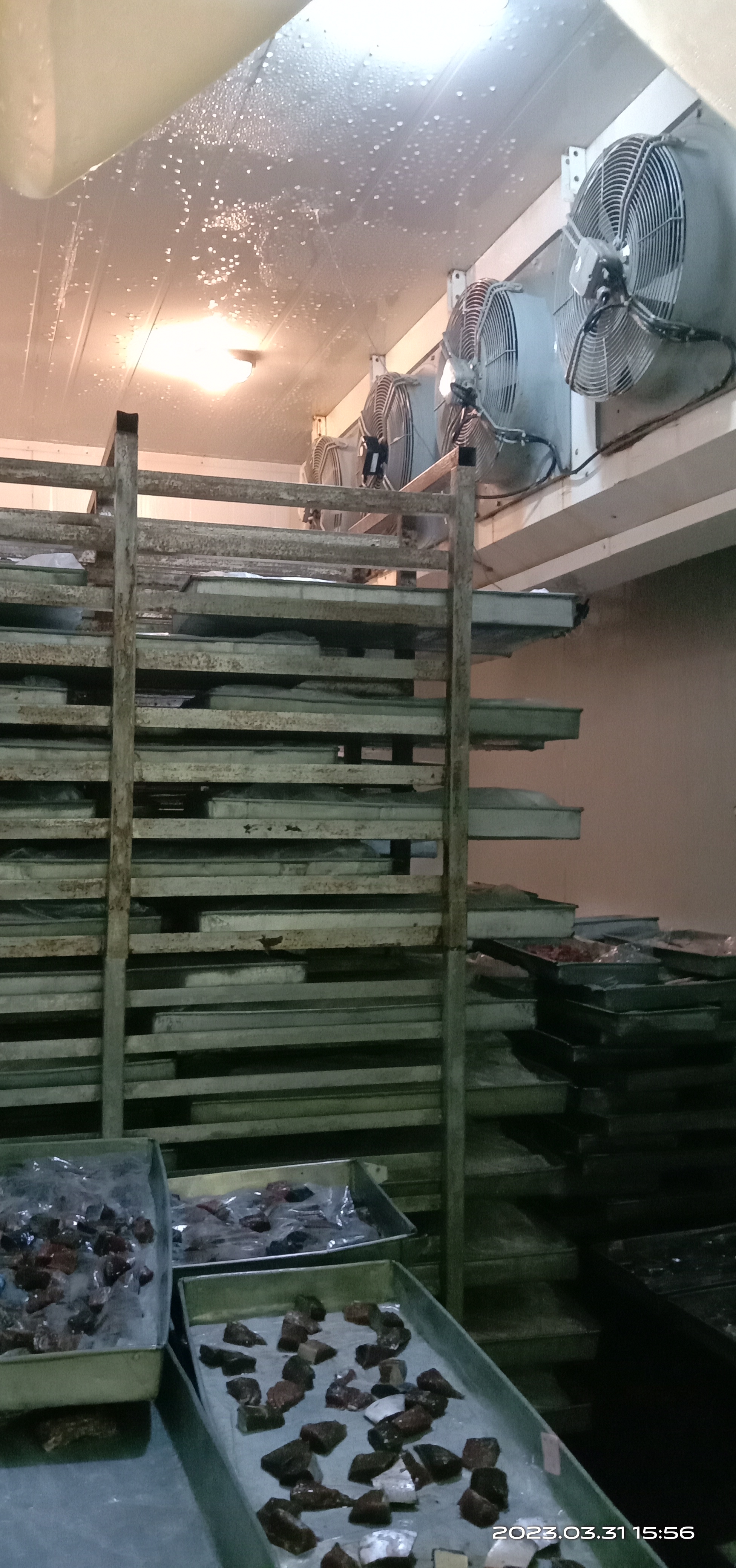Frozen Fish and Freezing Methods
By. Najih - 31 Mar 2023
kelolalaut.com - Fish can be kept in fresh condition for extended periods. Chilling should reduce the temperature of the fish and this slows down the rate of growth of bacteria and also the rate at which chemical reactions take place. The object of freezing the fish is to lower the temperature to a point where the spoilage almost stops. This means that when the product is thawed after being in cold storage it is almost impossible to tell it from the fresh fish. By reducing the temperature of the fish much further, the shelf life of the fish may be extended a lot and of course, it means smoothing out the supply rate. The following table will give you an idea of the freezing rates normally used:
|
Term used |
Rate of freezing (mm/hour) |
|
Slow freezing |
2 |
|
Quick freezing |
5-50 |
|
Rapid freezing |
50-100 |
|
Ultra rapid freezing |
100-1000 |
Different types of freezing systems are available for fish. No single freezing system can satisfy all freezing needs because of the wide variety of fish products and process characteristics. The selection criteria of a freezing method are the type of fish, reliable and economic operation, easy cleaning ability, hygienic design, and desired product quality. In principle there are three basic methods for freezing fish, involving different freezing equipment:
- Air blast freezers – a continuous flow of ice-cold air, which is cooled to temperatures well below freezing point, is passed over the products. It flows all around the products, removing and carrying away the heat. The products lay out on trays, and cold air is blown over them from above. A fan at the bottom of the chamber then pulls warm air away from the products.
- Contact freezers/plate freezers – the upper and lower sides of the product are in direct contact with metal plates which are cooled by an internally recirculating refrigerant. Close contact shortens the freezing time by about a third compared to air blast freezers. The product is placed in pans filled with water. The pans are then placed on freezer plates to freeze the food quickly. The food is encased in ice which provides a barrier between the food and oxygen in the air, helping to stop oxidation and preventing dehydration. The downside to this freezing method is that the whole block must be thawed to access the product.
- Immersion or spray freezing / cryogenic freezing – the product is either directly immersed in a liquid refrigerant or sprayed with it, which leads to a process of sudden, very gentle freezing. Liquid nitrogen (-196° C) or a mixture of dry ice and ethanol is usually used as the refrigerant.








